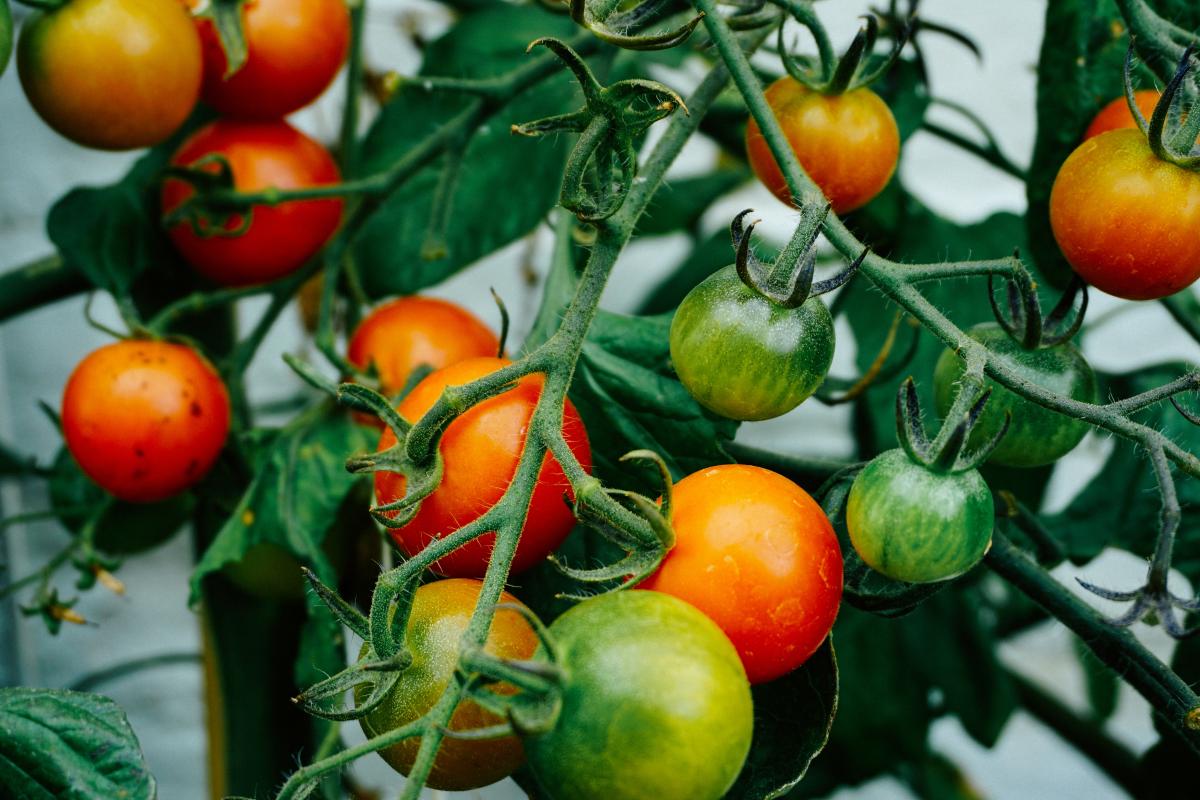
In this lesson, students construct a paper model of CRISPR and work on focus questions to understand how CRISPR works. They will go through the motions of gene replacement so they can see what happens

In this lesson, students construct a paper model of CRISPR and work on focus questions to understand how CRISPR works. They will go through the motions of gene replacement so they can see what happens

Students will use a known lab to represent photosynthesis in action. They can use this template for the lab and pick another variable to collect data on to complete the story on how photosynthesis

This high school lesson was created to discuss Martian and potentially future soil on Earth. The overall goal is to achieve biodiversity and health within the soil. It should hold moisture but not too

This hands-on lesson is for the use of a hydroponic system. Tower gardens were the systems used, however, if budget is a concern, there is a very affordable option in the plan as well using tanks

In this STEAM lesson for grades K-2, students will explore iguana habitats and learn how animals adapt to different environments. Students will read the book "I Wanna Iguana" and use a nonfiction book

The purpose of this lesson is to explore with students the mining process and the potential impacts humans have on ecosystems and their populations. Once completed students should have a deeper

Third grade students will apply their knowledge of the significance of bee pollination by designing and creating a Wild Bee Hotel in a collaborative group which will incorporate literacy, mathematical

This lesson will show students that genetic traits come from a lot of different places, and we are all different but still made of the same things. It will use real-time data collection to present

In this outstanding lesson, students will apply their knowledge of how natural and human-caused changes to habitats or climate can impact our world in a stop motion film. The lesson covers a Science